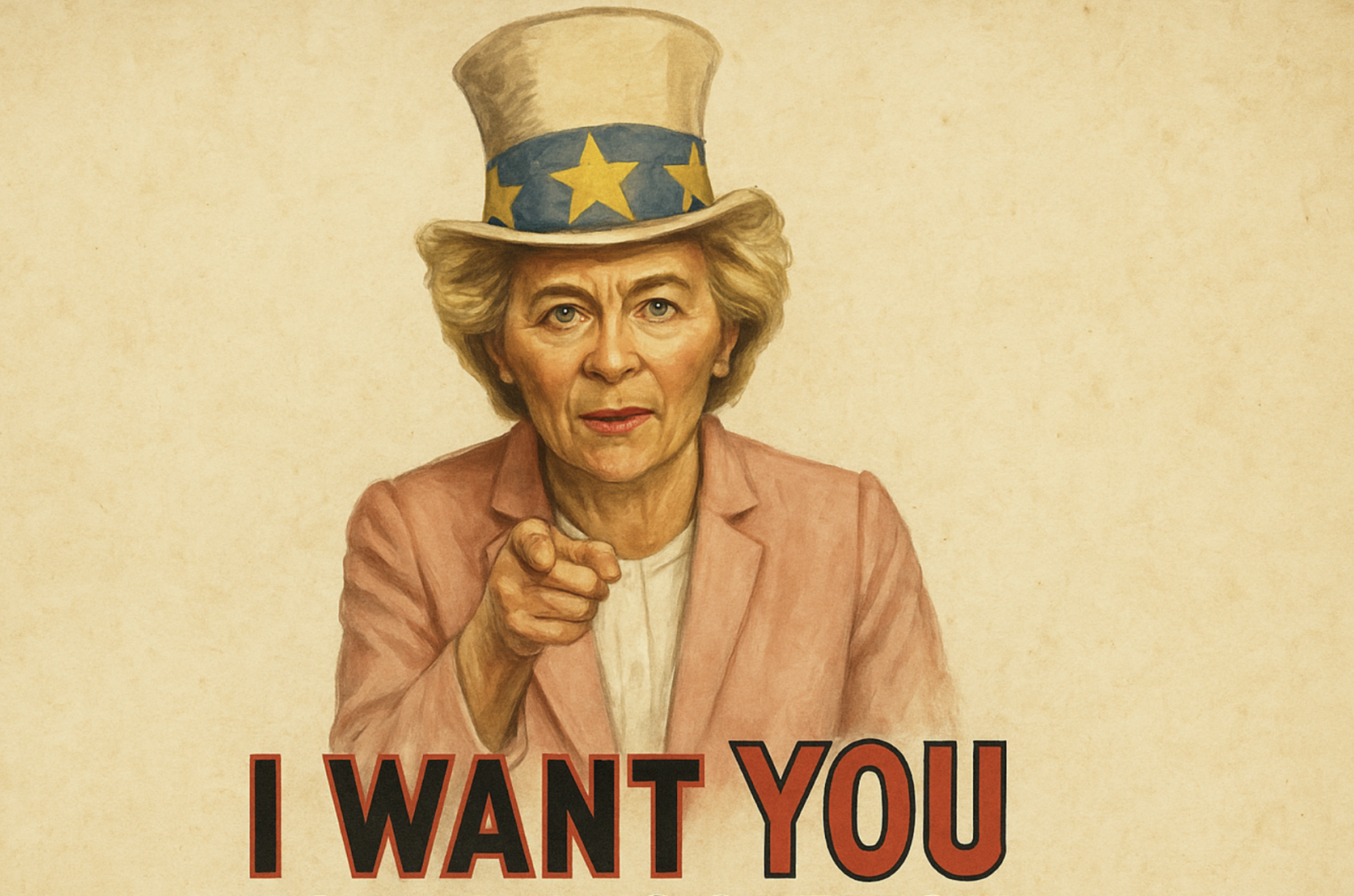Europe’s Freedom of Research: €100 Billion for ReBrain Europe
In the 1930s, the disastrous Nazi-fascist policies induced an unprecedented exodus of at least 15,000 intellectuals - scientists and artists, Jews and non-Jews - to the United States. See. e.g., the historical accounts in Adorno, Fleming, & Bailyn: The Intellectual Migration.



